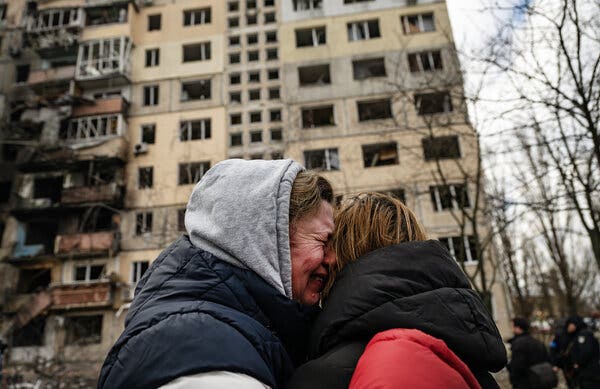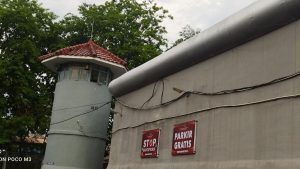Unprecedented Russian Aerial Assault on Ukraine: Analysis of the Largest Air Attack Since Invasion

Unprecedented Russian Aerial Assault on Ukraine: Analysis of the Largest Air Attack Since Invasion
In a historic escalation of hostilities, Russia has initiated its most extensive air assault on Ukraine since the onset of the full-scale invasion. The Ukrainian military reports an alarming number of casualties, with at least 26 people killed and over 120 others injured as a result of the barrage of drones and missiles targeting various regions.
The wave of attacks, commencing overnight into Friday, reverberated across the nation, reaching the capital Kyiv, the central city of Dnipro, the eastern city of Kharkiv, the southeastern port of Odesa, and even the western city of Lviv. The strikes, which included hypersonic Kinzhal missiles, cruise missiles, and Shahid drones, continued relentlessly, leaving Ukraine’s air force on high alert.

Ukraine’s air force spokesperson, Yurii Ihnat, expressed the gravity of the situation, stating, “It’s been a long time since we have seen so many enemy targets on our monitors in all regions and all directions.” The assault utilized 158 drones and missiles, demonstrating a wide range of weaponry deployed by Russia.
The Polish military reported an “unidentified airborne object” breaching Polish airspace from Ukrainian territory, hinting at potential interception efforts by Ukrainian air defenses. Ukrainian President Volodymyr Zelensky condemned the attacks, asserting that Russia employed “nearly every type of weapon in its arsenal” in what he labeled as “terrorist strikes.”
This massive offensive follows Ukraine’s successful strike on a Russian Navy landing ship in Crimea, dealing a significant blow to Moscow’s Black Sea fleet. The timing also coincides with the completion of the last tranche of military aid from the United States, pending congressional approval of the Biden administration’s funding request.
Kyiv bore a considerable brunt, with casualties reported from a metro station and residential buildings. Kharkiv experienced a “massive attack,” leading to casualties, including strikes on a hospital. Other regions, such as Zaporizhzhia, Odesa, and Dnipro, faced their share of devastation, emphasizing the widespread impact of the assault.

Despite the professionalism of Ukraine’s air defense forces, as praised by Prime Minister Shmyhal, not all strikes could be prevented. Ukraine’s Foreign Ministry accused Russia of targeting civilians, stating, “The crimes that Russia has committed in Ukraine today are its revenge for its inability to turn the tide of the battle.”
The Russian Defense Ministry, while acknowledging significant strikes, maintained that it only targeted military installations. The US Embassy in Kyiv issued a warning anticipating an increase in Russian drone and missile attacks during the New Year holiday weekend.
As Ukraine faces this renewed onslaught, the head of Ukraine’s Presidential Office, Andriy Yermak, called for international support. European Commission President Ursula von der Leyen pledged the European Union’s sustained support for Ukraine, highlighting ongoing efforts to provide financial, humanitarian, and military assistance.
As air raid sirens echoed in Kyiv and residents sought refuge in bomb shelters, the gravity of the situation became palpable. The need for immediate funding and global solidarity is underscored, as Ukrainians grapple with the harsh reality of continued attacks on their homeland.
![]()





